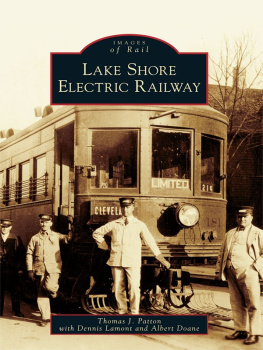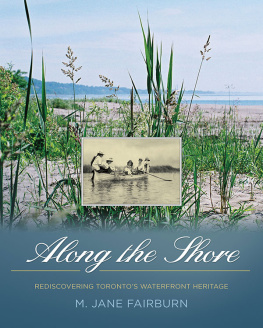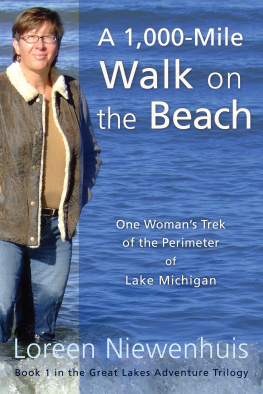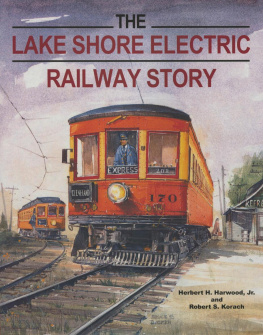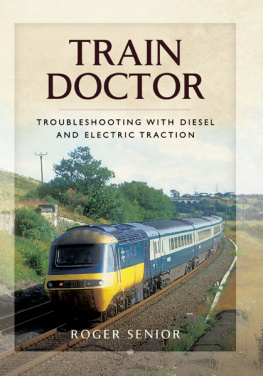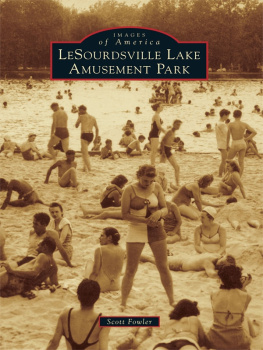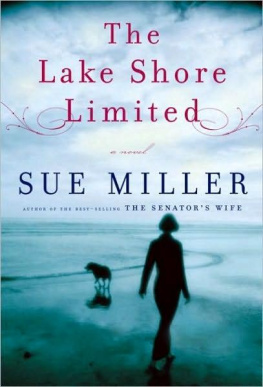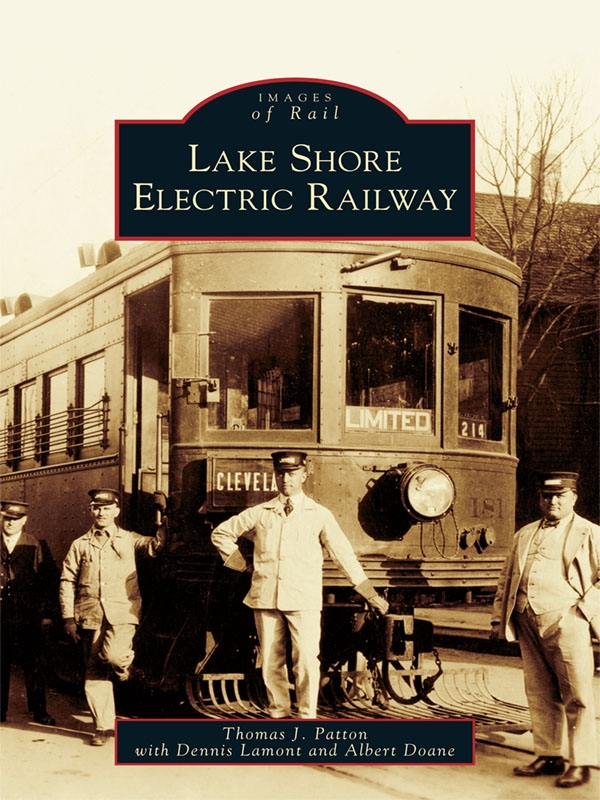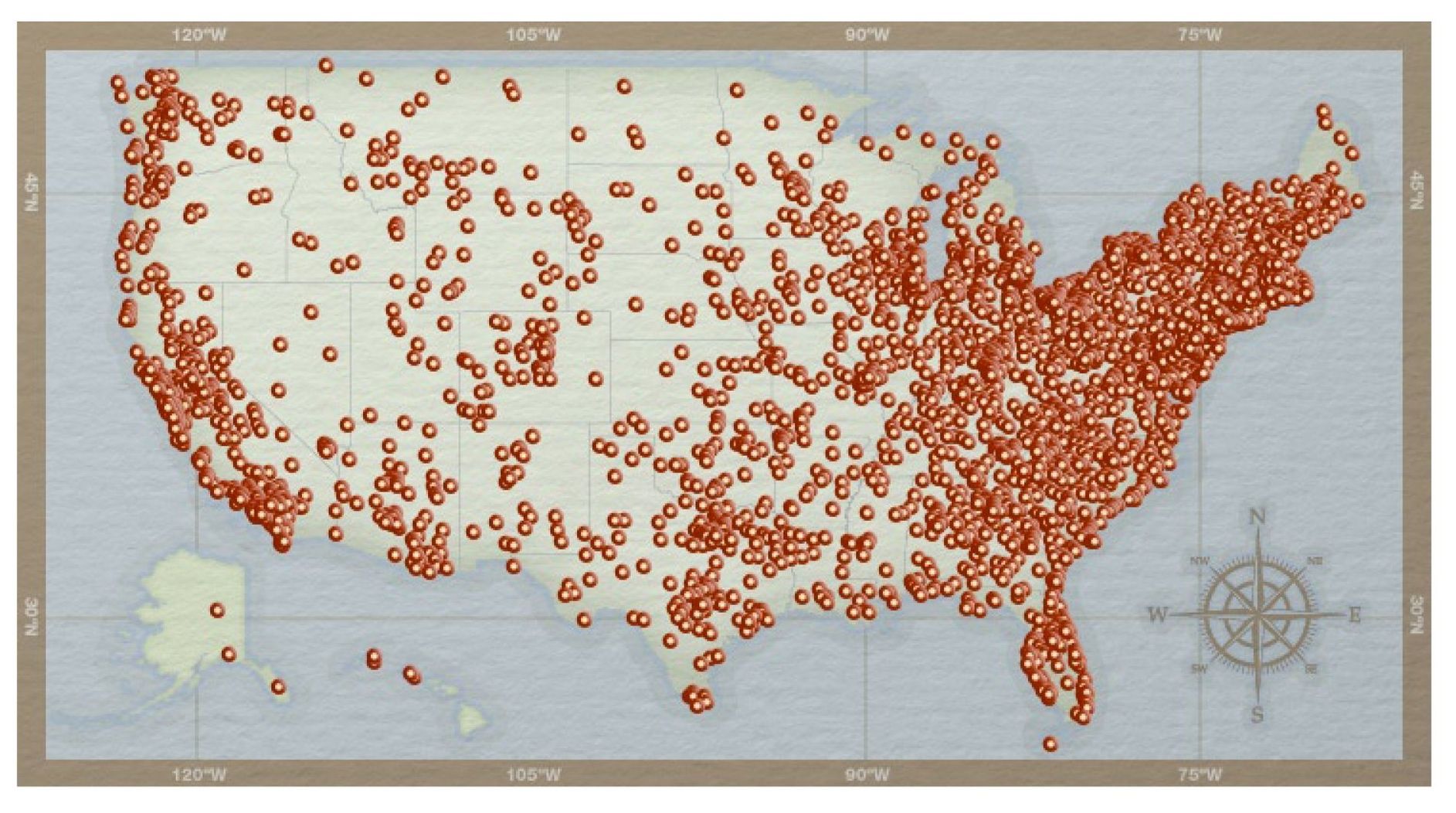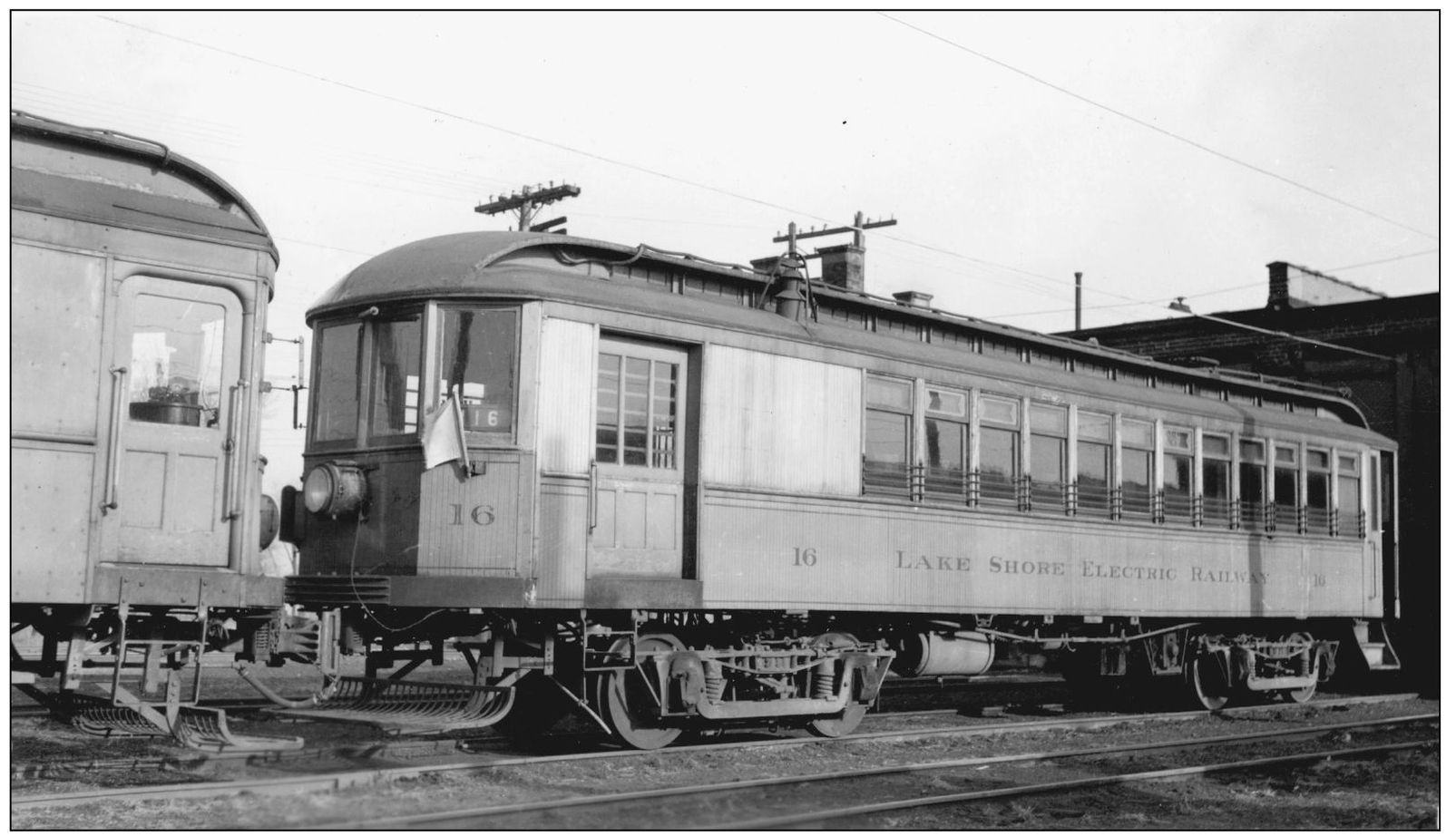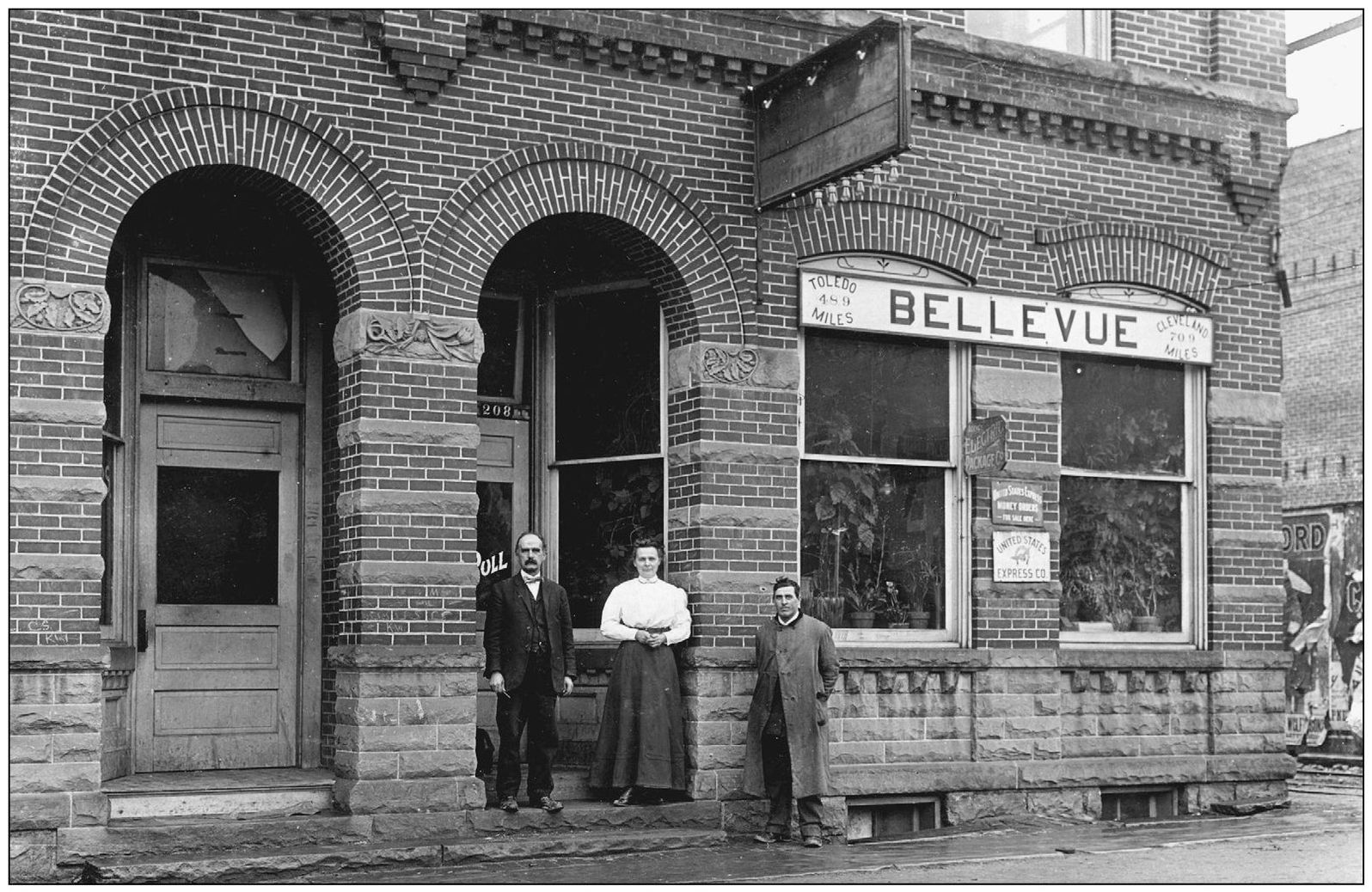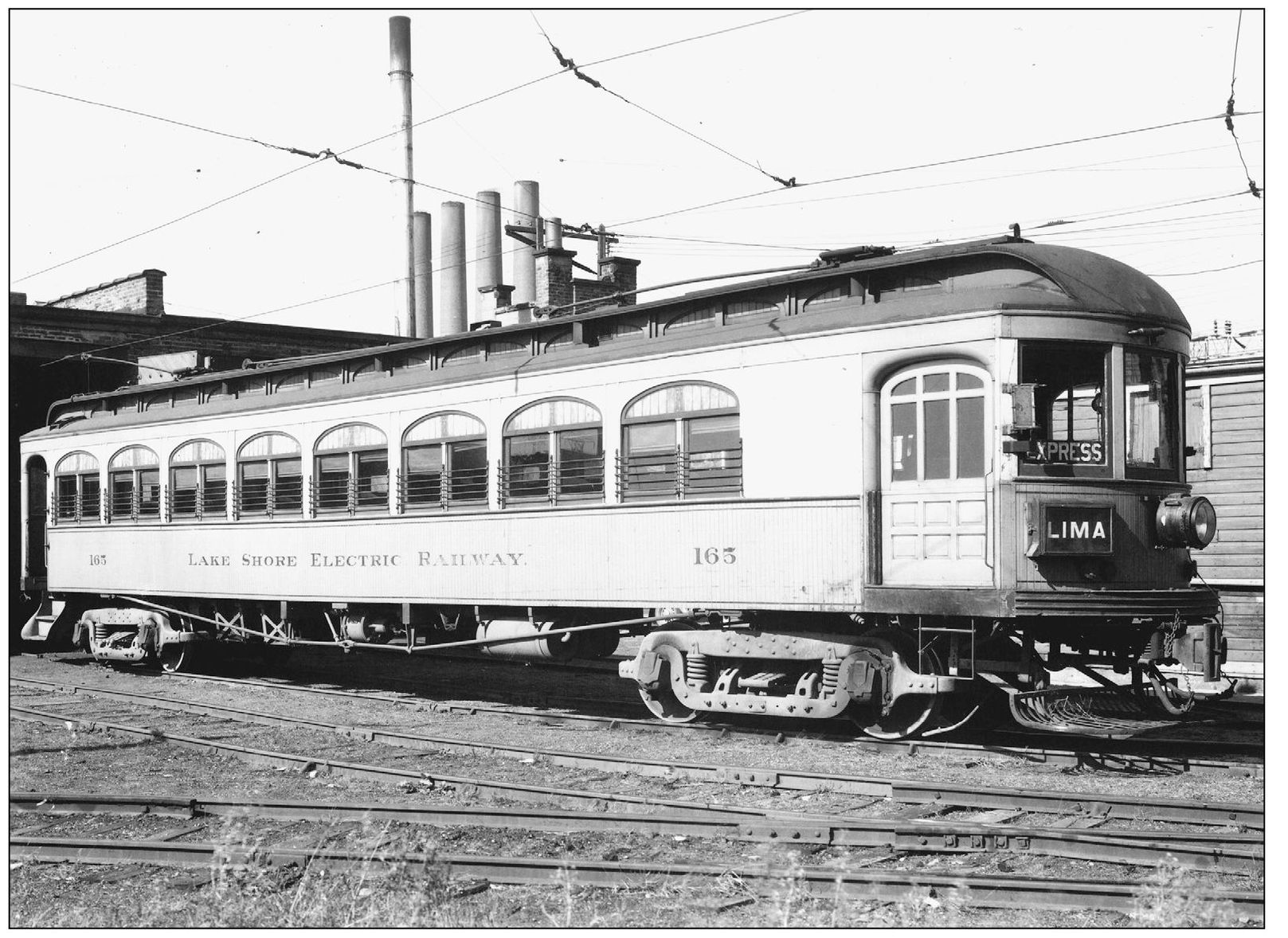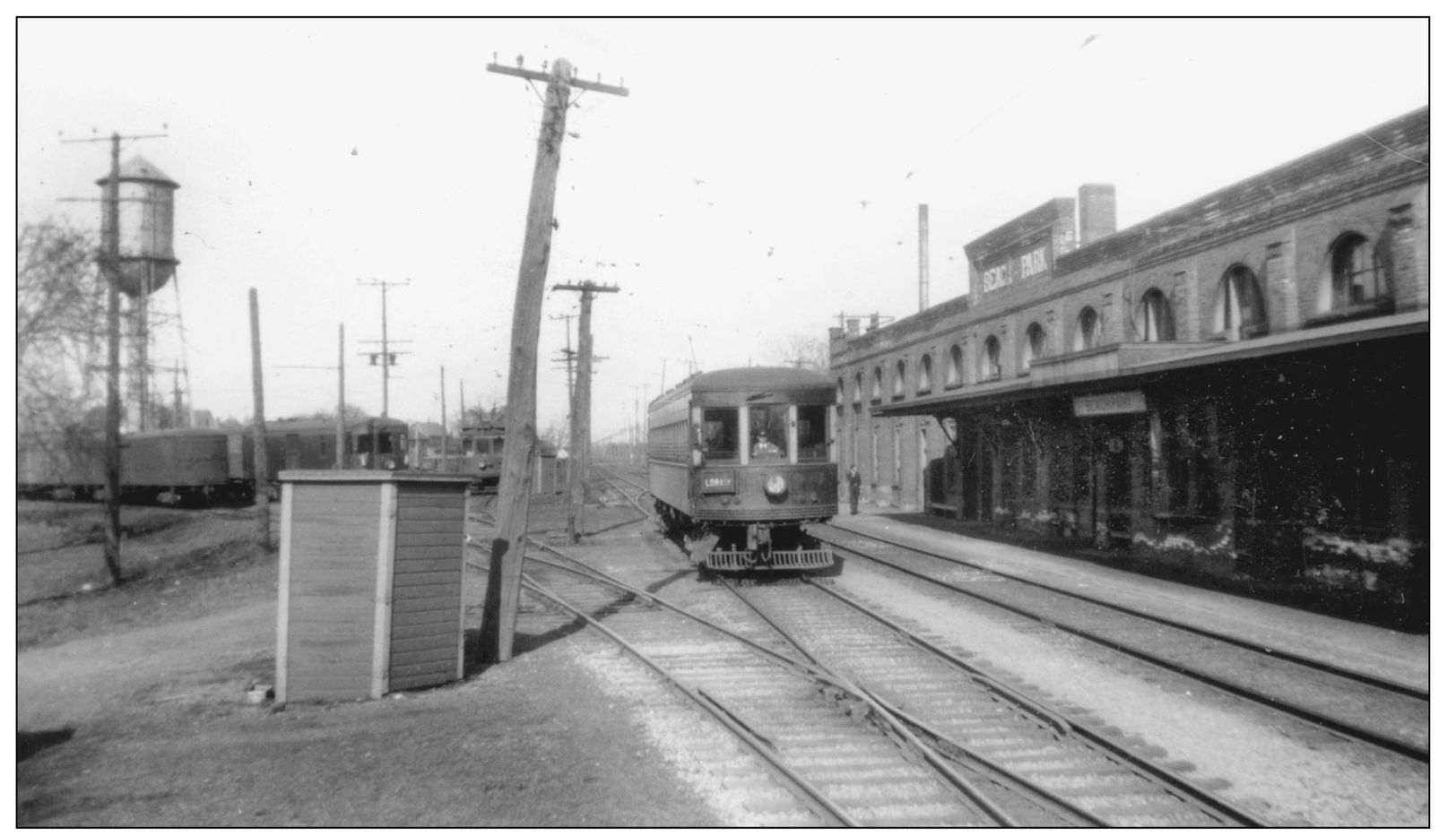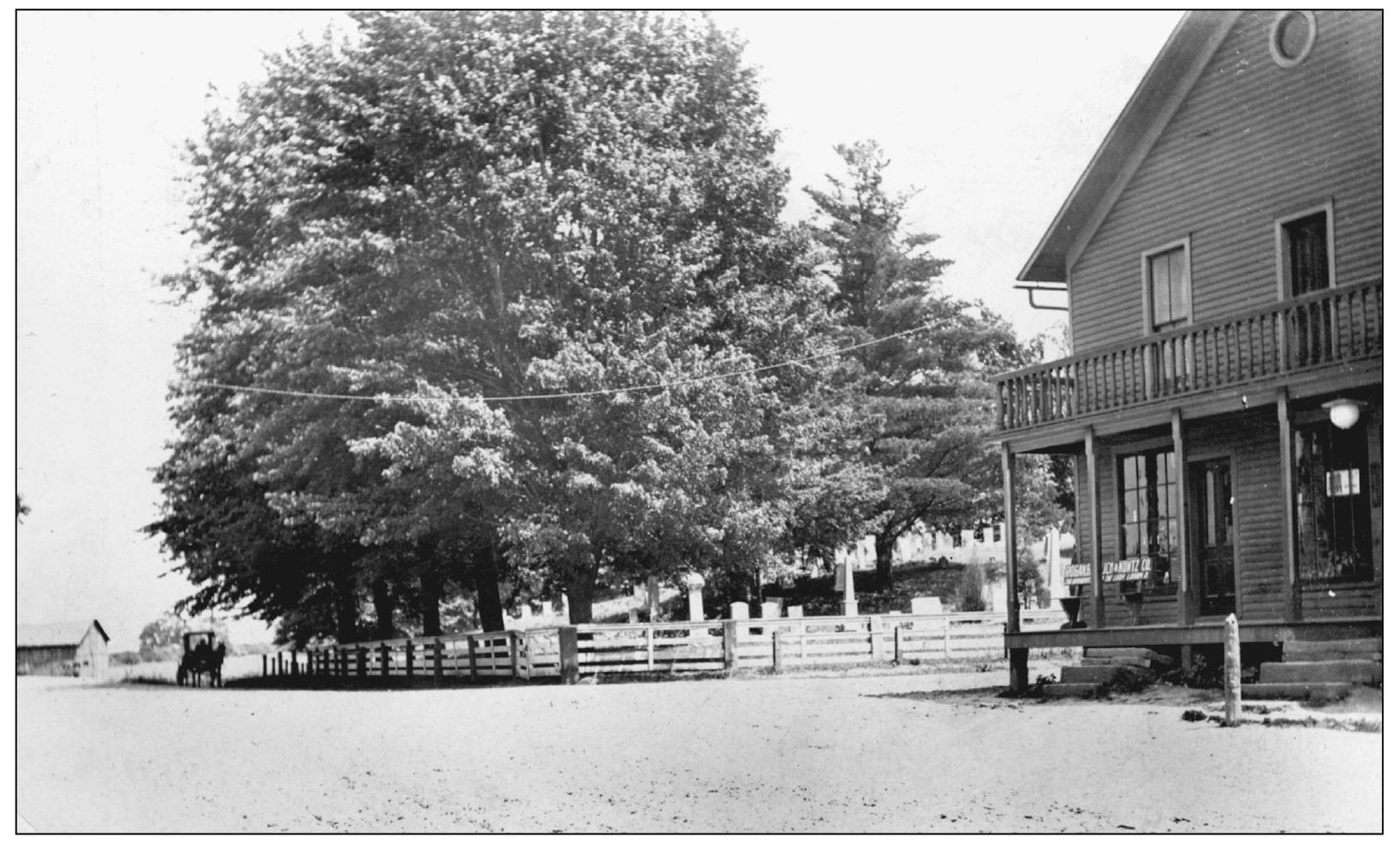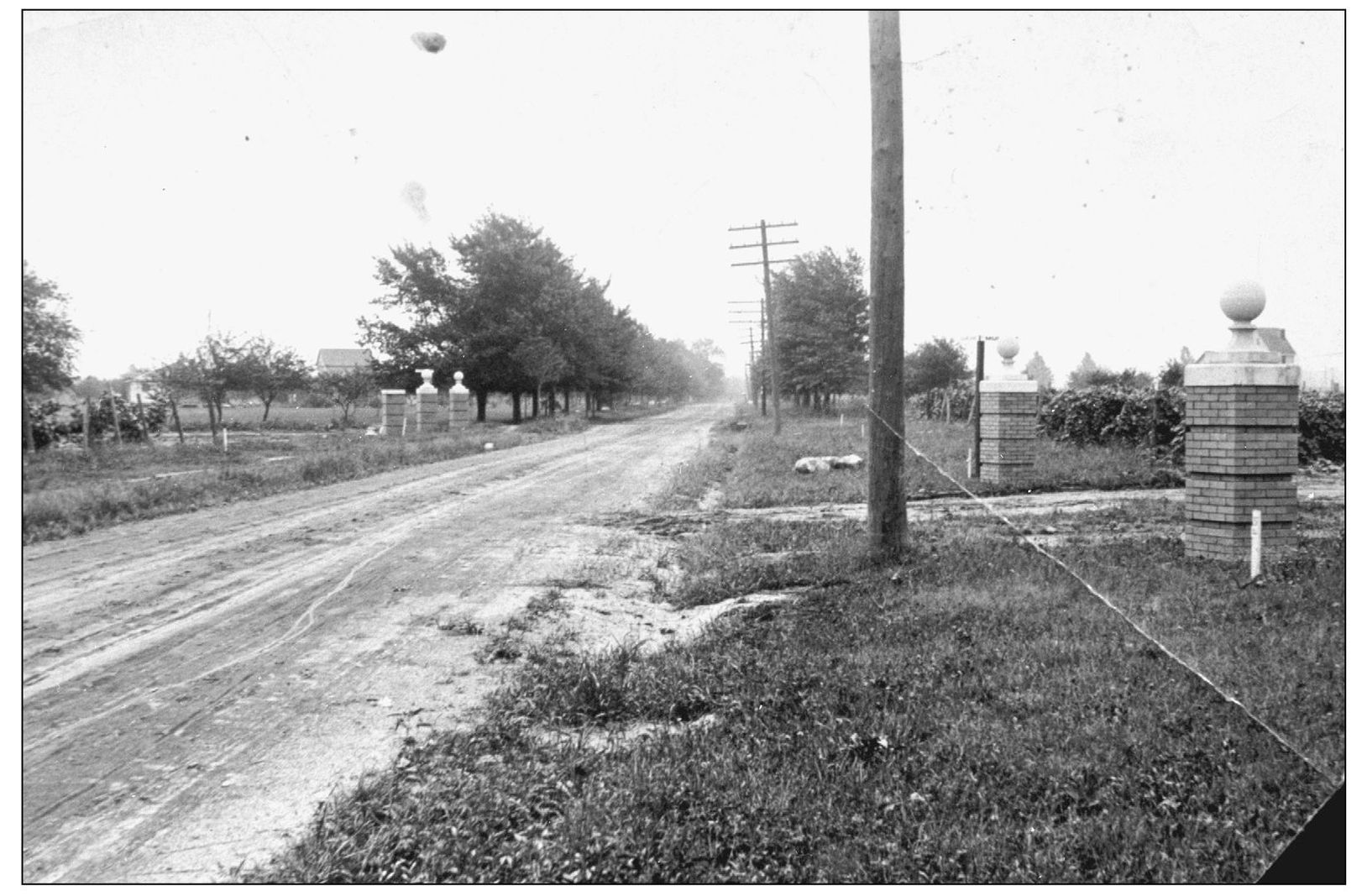One
CREATION AND EARLY OPERATION OF THE RAILWAY
In the fall of 1901, the Everett-Moore Syndicate, a Cleveland-based collective of approximately 85 investors led by the managers Henry Everett and Edward Moore, created the Lake Shore Electric Railway (LSE), which was just one of their investments. Much like today, this was an era of merger, consolidation, and nonorganic corporate growth. Thus, the Everett-Moore Syndicate purchased controlling interest in a number of electric railway lines within northern Ohio and consolidated them as the LSE.
At least five separate operating lines were pieced together by the Everett-Moore group to form the original LSE: the Sandusky and Interurban Electric Railway; Sandusky, Norwalk and Southern; Peoples Electric Street Railway in Sandusky; Norwalk city operation; and finally the Toledo, Fremont and Northern (TF&N).
To understand the origins of the LSE, one has to remember that in 1890 a company was organized to build a streetcar line in Lorain. This entity was named the East Lorain Street Railway. In 1897, the East Lorain Street Railway was taken over by a group that was financed by the Everett-Moore syndicate, and also, in 1897, the name was changed to the Lorain and Cleveland Electric Railway (L&C). The L&C built a carbarn, powerhouse, and resort area at Beach Park, a community within the town of Avon, located conveniently between Lorain and Cleveland.
In 1898, the Everett-Moore Syndicate took formal control of the L&C line and commenced the roll-up of interurban lines that allowed a continuous line from Cleveland to Toledo. The Cleveland to Toledo Railway came near to fruition in late fall 1901, when the L&C became a part of the LSE.
LSE No. 16 is a Barney and Smith (B&S) car, built in 1900. This unit is back from Cleveland and is headed on to the Sandusky shop for scrapping. The white flag denotes that the car is not on a scheduled run. This photograph was taken at the Beach Park station in 1938.
This is an outstanding image of the Bellevue station agent and his wife. This location was a leased storefront with package delivery space in the rear. This building burned to the ground in 1973.
LSE car No. 165 is pictured here on a clear day facing east with the power plant stacks in the background. This photograph was taken at the Beach Park station before 1937, as the headlight is still high and there are no under-floor lights.
This is an early image of a Jewett car on the Lorain run, heading west at the Beach Park station. The LSE water tower, which was fed by the LSE water plant farther to the north, is seen in the photograph.
This is a 1907 photograph of Avon Center. Avon split into two towns in 1917: Avon and Avon Lake. The LSE did not enter the area currently known as Avon. However, when the operation commenced, all records noted Avon. One interesting feature of this photograph is the advertisement on the bench, which notes, Kuntz CoLorain at the Loop. The loop was built in 1894 by Tom L. Johnson, for his Lorain Elyria line.
The land adjacent to the LSE tracks consisted of grapes and dirt roads in 1902. This is Lake Road in Avon Lake, showing the development markers for Mull Road on the right and North Point Drive on the left.
This is an early photograph, as there is no upper window above the large window to the left. The Beach Park station was initially built by the L&C line and came to be LSE with the Everett-Moore Syndicate.
The participating partner interurbans are shown on this Electric Package Agency (EPA) letterhead.

